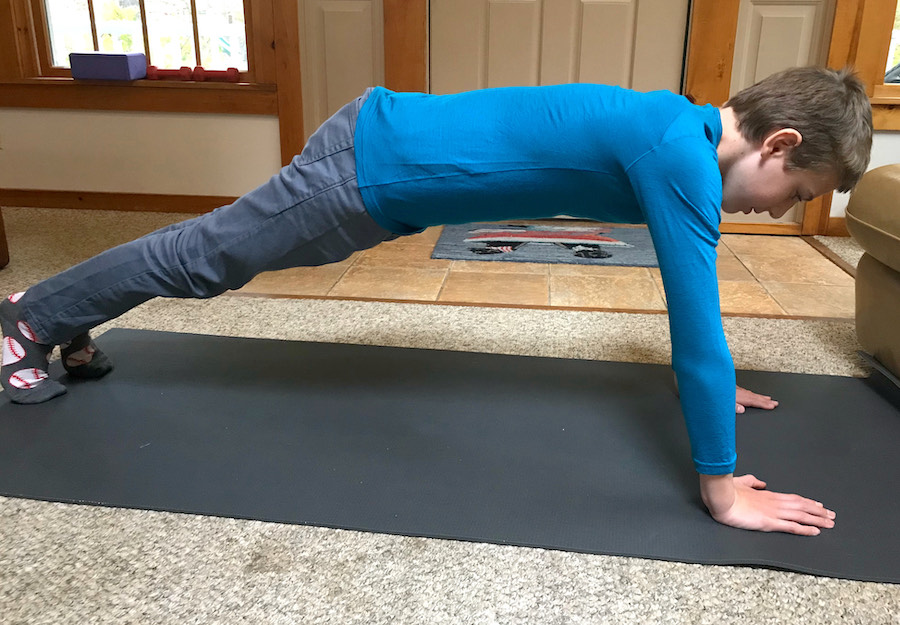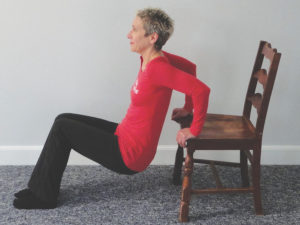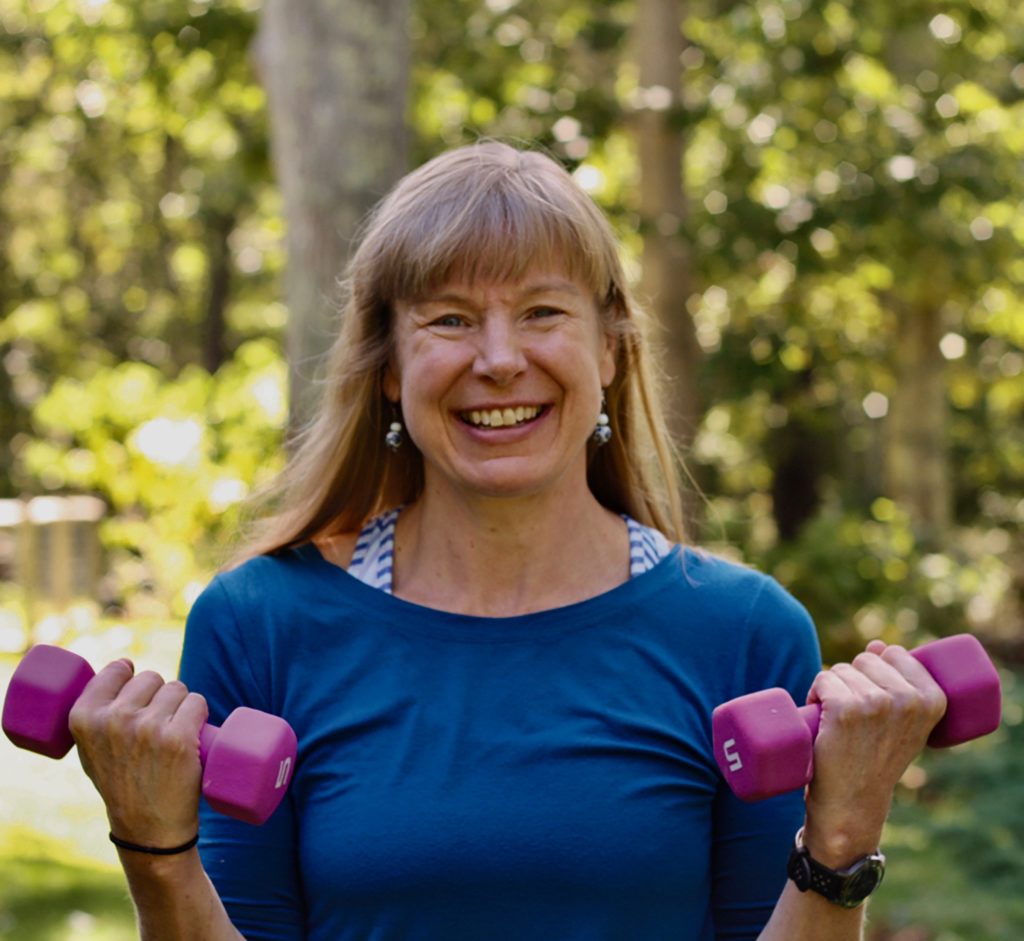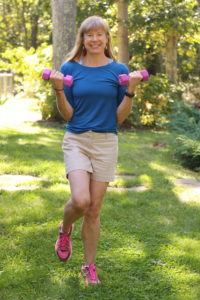Of all the ways to begin a new year, fitness-wise, there is one I think deserves to be at the top of the list. It’s simple and central. And it’s not just about aesthetics. It will improve your athletic performance and reduce your risk of back pain. What is this all-powerful place to start? Strengthening your core.
Core strength matters because it stabilizes your spine, which comes into play in practically all movement. The core is not just the rectus abdominis — that vertical ribs-to-pelvis muscle people try to buff up into a six pack by doing sit-ups or crunches. It also includes the transverse abdominis muscle, which runs horizontally around the body, protecting our abdominal organs, and the erector spinae muscles, which run along the length of the vertebral column.
The plank is one exercise that is very effective at getting at all these muscles, as they balance the work of holding the spine in a neutral position. Planks can also be modified safely for all types of bodies, young and old. I’ve coached second grade soccer players and people in their 80s on different versions of the plank.

In a plank, you’re resisting torso motion, which is what you want those muscles to do in real life activities like yard work or running or throwing. The problem with old school core exercises, like sit–ups and crunches, is that they target the six-pack muscles alone. That’s why they do less for helping you with functional activity, plus, all that forward bending is more likely to cause injury.
If you’re relatively strong, you’ll tackle the high plank, where the starting position is essentially the top of a push-up. Focus on keeping your back flat so that your body forms a straight line from shoulders to heels, with your weight supported on hands and feet.
Now check your form: pull your belly button up toward your spine to keep your lower back from sagging, squeeze your buttocks and push your heels back. Gaze at the floor in front of your hands, keeping your head aligned with your upper back. Check to make sure that your shoulders are directly above your wrists.
If you have hand or wrist issues, just do the plank a little differently. Instead of being up on extended arms, support the move with your elbows and forearms rather than your hands. Your shoulders should be directly above your elbows.
Start with holding the plank for 10-15 seconds, doing two or three repetitions. Gradually increase the time you hold your plank to 60 seconds. When you can do that with good form, there are ways to progress to more advanced variations.
First, add more of a balance challenge by lifting one foot off the mat, keeping your leg parallel to the floor. Or lift one arm and reach it straight forward. If you’re really advanced, raise one arm and the opposite leg (this is known as the “bird dog” plank). Ramp up the challenge even more with a “mountain climber” plank: maintain high plank alignment and draw one knee up toward your chest. Then return to your plank and repeat this move with other leg. And if you want to be a hero, there’s “spiderman plank.” Begin in high plank, then bring one knee up to the side, toward your elbow, like you’re climbing up a tall building. Repeat with the other leg.
There are planks for ordinary mortals, too. If the classic planks are too difficult, modify by placing the hands or forearms on a higher surface such as a wall, countertop, or chair. Adjusting the challenge is a matter of physics: the lower your hands are, the more challenging your plank becomes. Start with holding your plank for just 10 or 15 seconds at a time. Once you can do it for 60 seconds, you’re ready to move to a lower surface.
Planks look easy but they’re not, actually. When you’re doing them right, you are not just hanging out, letting your back sag. Make sure your core is fully engaged. You will feel your muscles fatiguing; perhaps they’ll even begin to shake. Make sure your core is fully engaged. That’s when you know to stop and rest. Still, planks should not be painful. If you have back or joint pain, don’t try to train through it. Switch to a less challenging position instead.
If you have questions about your ability to exercise, consult your health care provider before starting a new routine.




